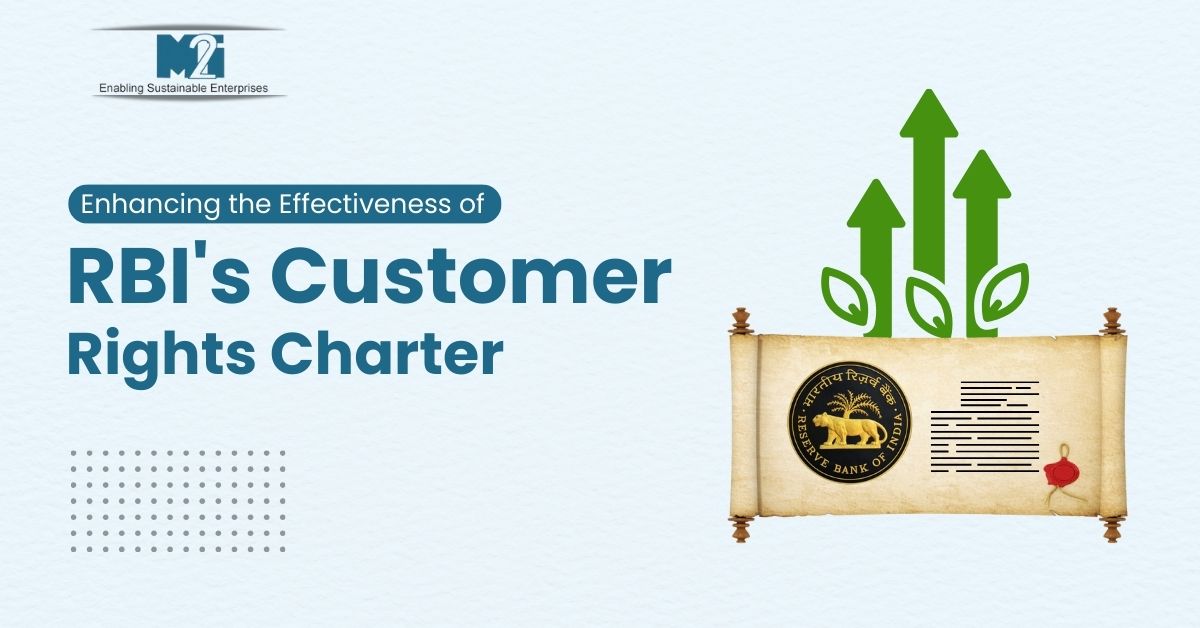
Enhancing the Effectiveness of RBI's Customer Rights Charter
The Reserve Bank of India's (RBI) Charter of Customer Rights marks a significant step towards protecting consumers in the Indian financial sector. However, while the charter lays a solid foundation, it is not a panacea for all issues faced by consumers. To ensure that the charter fulfills its intended purpose, additional efforts are needed from various stakeholders. Let's explore why the charter, though robust, is not sufficient on its own and what additional measures are necessary.
1. Enhanced Consumer Awareness:
The effectiveness of the charter largely depends on consumer awareness. Many consumers, especially in rural and semi-urban areas, remain unaware of their rights. There's a need for widespread educational campaigns, both by the RBI and financial institutions, to educate consumers about their rights and how to exercise them. This could involve community workshops, informative materials in multiple languages, and leveraging digital platforms for broader outreach.
2. Stricter Enforcement Mechanisms:
The charter outlines rights but lacks stringent enforcement mechanisms. There needs to be a more robust system in place to monitor financial institutions' compliance with the charter. This could involve regular audits, heavier penalties for violations, and a more streamlined process for consumers to report non-compliance.
3. Empowering Consumer Redressal Forums:
While the charter provides for grievance redressal, the existing mechanisms often face challenges like delays and lack of consumer-friendly procedures. Strengthening these forums with more resources, faster processes, and ensuring they are easily accessible to all consumers, including those in remote areas, is crucial.
4. Inclusive Design of Financial Products:
Financial products often are not designed keeping in mind the diverse consumer base, especially those who are less financially literate. Financial institutions should be encouraged to design products that are simple, inclusive, and cater to the needs of a diverse population. Regular feedback from consumers can be a valuable tool in this process.
5. Regular Review and Update of the Charter:
The financial landscape is continuously evolving with technological advancements and changing consumer needs. The charter should not be static; it needs regular reviews and updates to stay relevant and effective. This could involve incorporating feedback from various stakeholders, including consumers, financial experts, and regulatory bodies.
6. Collaboration Between Stakeholders:
Achieving the charter's objectives requires collaboration between various stakeholders, including the government, financial institutions, consumer rights groups, and the consumers themselves. This collaborative approach can lead to more effective policy-making and implementation.
The RBI's Charter of Customer Rights is a commendable initiative in protecting consumer interests. However, for it to be truly effective, additional efforts are required from all stakeholders involved. Enhanced consumer awareness, stricter enforcement, empowering redressal forums, inclusive product design, regular updates to the charter, and collaboration between stakeholders are essential steps in ensuring that the charter not only exists on paper but also makes a tangible difference in the lives of consumers. Only through these concerted efforts can we ensure that the charter fulfills its noble purpose of safeguarding consumer rights in India's dynamic financial landscape.